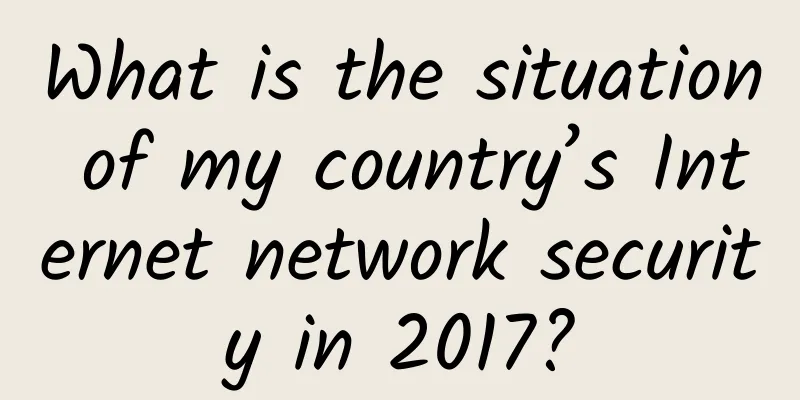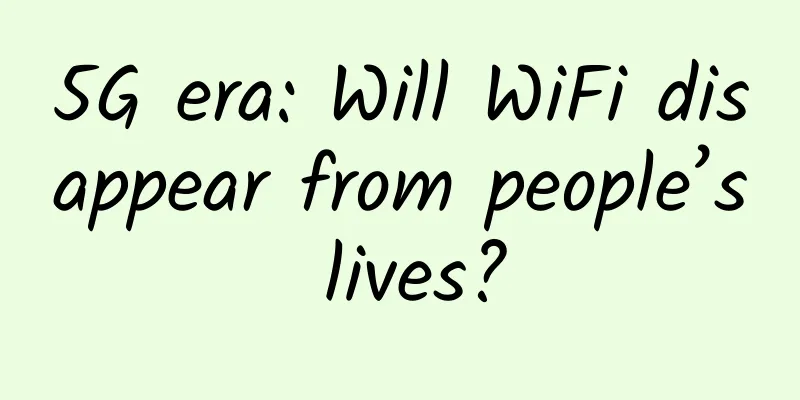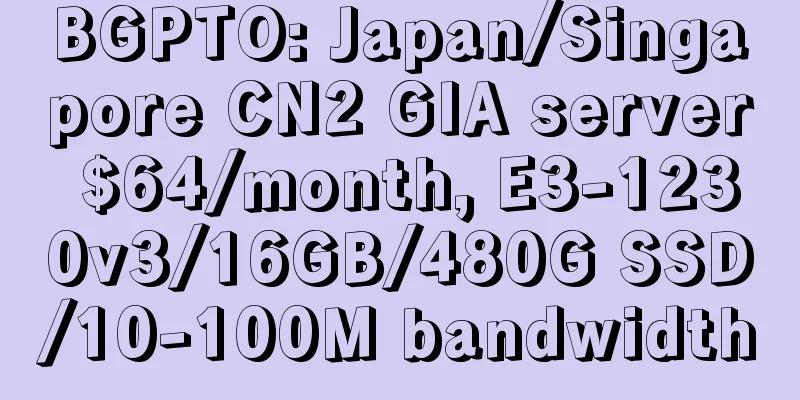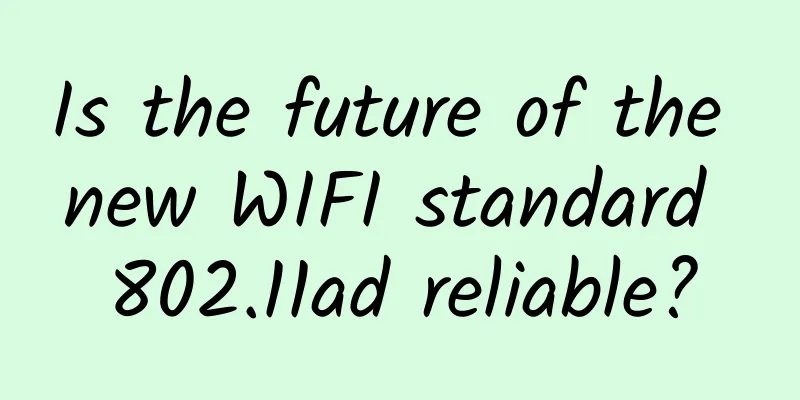Let’s talk about 5G dynamic spectrum sharing?
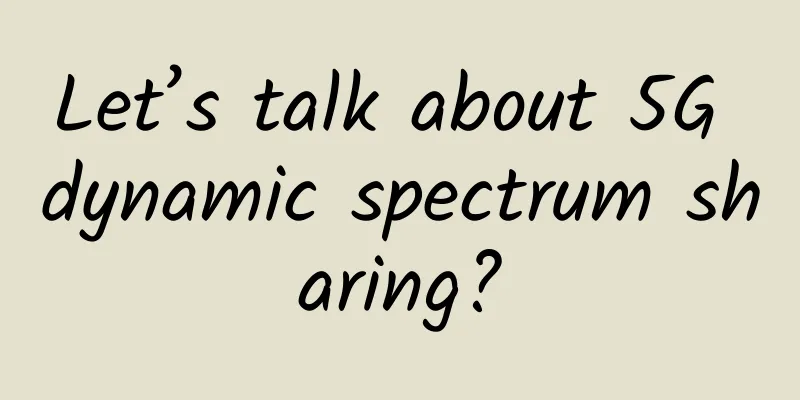
What is dynamic spectrum sharing? Dynamic Spectrum Sharing (DSS) allows 4G LTE and 5G NR to share the same spectrum and dynamically allocate time and frequency resources to 4G and 5G users. Spectrum sharing can be achieved in two ways: static and dynamic. Static spectrum sharing refers to providing dedicated carriers for different standards of technology (such as 4G and 5G) in the same frequency band. This method is "simple and transparent", but the spectrum utilization rate is low. Dynamic spectrum sharing refers to the dynamic and flexible allocation of spectrum resources for different technologies in the same frequency band. This approach can improve spectrum efficiency and facilitate smooth evolution between 4G and 5G. Why is Dynamic Spectrum Sharing needed? 1) Using low frequency bands to achieve wide 5G coverage The 5G frequency band is higher, and the coverage distance of a single station is short, making it difficult to achieve continuous 5G wide coverage in a short period of time. The 5G frequency band is higher, and the signal penetration ability is weaker. Even in densely populated urban areas, 5G signals are difficult to penetrate into indoor scenes. Currently, the low-frequency spectrum resources are almost all occupied by 2/3/4G. Moreover, since 2/3/4G, especially 4G, will coexist with 5G for a long time, it is impossible to recultivate all of these high-quality low-frequency resources. Dynamic spectrum sharing technology can dynamically share 4G high-quality low-frequency resources to quickly achieve 5G wide and deep coverage. 2) It is conducive to the smooth evolution from 4G to 5G and reduces the investment cost of 5G The industry can also separate a section of high-quality 4G low-frequency resources for 5G re-cultivation, but this "one-size-fits-all" approach may cause 4G network congestion. What is more troublesome is that after splitting a section of spectrum from the 4G low-frequency band for 5G use, new 5G base stations need to be built. Since there are not many 5G users in the early stage, and even fewer 5G users in rural scenarios mainly covered by the low-frequency band, this may lead to a waste of 5G investment. By adopting dynamic spectrum sharing technology, we can not only utilize 4G's low-frequency band resources and base stations, but also achieve smooth evolution from 4G to 5G, which can significantly reduce 5G investment costs. In the early stage of 5G development, there are many 4G users and few 5G users, so more spectrum resources can be dynamically allocated to 4G users. In the middle stage of 5G development, there are more and more 5G users, so more spectrum resources can be allocated to 5G users. Finally, when all 4G users switch to 5G, the entire spectrum resources will be used by 5G. 3) Conducive to SA networking As we all know, there are two 5G networking modes: NSA and SA. NSA anchors 5G base stations to 4G through 4G and 5G dual connection (DC) and uses the 4G core network; while SA networking is disconnected from 4G and uses the new 5G technology from the core network to the access network. NSA networking uses the existing 4G network scale to introduce 5G NR, which is beneficial for operators to quickly launch 5G and seize the market. However, NSA networking is still a continuation of the 4G ecosystem, mainly targeting eMBB scenarios and the 2C consumer market. SA networking is the highlight of 5G, which can enable a variety of 2B vertical industry applications and increase revenue sources for operators. To this end, leading operators around the world are actively preparing for 5G SA. However, since SA networking no longer relies on the scale of 4G networks, a complete, wide-coverage 5G network needs to be deployed from scratch. Considering that the 5G frequency band is higher and the coverage range of a single station is smaller, this means greater network investment. By adopting dynamic spectrum sharing technology and utilizing the 4G low-frequency band, 5G SA wide coverage can be quickly achieved. 4) Facilitates support of 5G carrier aggregation As mentioned above, the "combination" between 4G low-frequency band and 5G mid-frequency band is called dual connection, and the performance of this "combination" is lower than carrier aggregation. For example, carrier aggregation only requires one uplink, while dual connectivity requires two uplinks, resulting in a 3dB coverage loss. After adopting dynamic spectrum sharing, the 4G low-frequency band is dynamically allocated to 5G, and 5G carrier aggregation can be achieved between the FDD low-frequency band and the TDD mid-frequency band to maximize performance. How is Dynamic Spectrum Sharing deployed? Reuse of old RRU and antenna Traditional network deployment methods require the addition of 5G BBUs, RRUs, and antennas, while dynamic spectrum sharing can reuse the frequency bands, RRUs, and antennas of existing 4G networks. In theory, the 4G network can be quickly upgraded to 5G by simply replacing or adding BBU units. Replace the BBU or add a new BBU unit In the baseband part, there are two ways to deploy dynamic shared spectrum: one is to add a 5G BBU or baseband board on the basis of the original 4G BBU, and the two are quickly scheduled through the manufacturer's dedicated interface; the other is to replace the original 4G BBU with a shared 4G and 5G BBU. Note that the dedicated interface is vendor-specific and not open, which means that dynamic spectrum sharing deployment is tied to a single vendor and does not support multi-vendor deployment. Dynamic spectrum sharing implementation principle The 5G NR physical layer design is similar to that of 4G LTE, which is the basis for dynamic spectrum sharing between 4G and 5G. Dynamic spectrum sharing between 4G and 5G is feasible under the same subcarrier spacing and similar time domain structure. As we all know, mobile phones use pilot signals (such as CRS, common reference signal) to establish a common reference to synchronize with the network. Pilot and synchronization signals are essential for mobile phones to access the network and maintain communication with the network. The basic idea of dynamic spectrum sharing technology is to schedule NR users in LTE subframes while ensuring that the reference signals used for synchronization and downlink measurement do not conflict and have no impact on LTE users. Specifically, the key points to realize dynamic spectrum sharing technology are: 1) Ensure that the reference signal (SSB or DMRS) of 5G NR does not conflict with the reference signal (CRS) of LTE in time-frequency resource allocation. 2) Insert the 5G NR signal into the LTE subframe without causing any conflict between the two. How can we avoid conflicts between the two? Move to suit stillness! In terms of "quietness", the time-frequency resources of all channels of 4G LTE are fixedly allocated. LTE reference signals occupy specific positions in continuous time-frequency resources. In terms of "dynamics", 5G NR defines various numerologies, and the physical layer design is flexible and scalable, which can provide different subcarrier spacing for data channels and synchronization channels according to different frequency band allocations. NR reference signals, data channels, and control channels are extremely flexible and allow dynamic configuration. Therefore, using the dynamic flexibility of the NR physical layer to adapt to the static LTE can avoid conflicts between the two technologies. How is it achieved specifically? There are three main technology options: 1) Based on MBSFN MBSFN, Multicast-Broadcast Single Frequency Network, refers to point-to-multipoint transmission in LTE, such as eMBMS multimedia broadcast multicast service. If the subframe is used to transmit MBSFN, the first two OFDM symbols of the subframe are used to transmit the cell reference signal, and the remaining 12 OFDM symbols are reserved for eMBMS broadcast service and cannot be used for other LTE users to transmit data. The idea behind dynamic spectrum sharing technology is to "occupy the magpie's nest" and insert 5G NR signals into these reserved OFDM symbols instead of eMBMS broadcast services, thus avoiding conflicts with LTE. 2) Based on mini-slot The mini-slot mechanism allows symbols to be placed in any time slot of NR. It has no fixed relationship with the frame structure and can be directly scheduled without being restricted by the frame structure. It "compresses" 5G synchronization symbols (SSB symbols) by shortening their duration, avoiding LTE CRS symbols, and scheduling idle symbols for NR transmission. However, the mini-slot mechanism is mainly used in ultra-low latency URLLC scenarios and is not suitable for eMBB large bandwidth scenarios. 3) Based on rate matching That is, based on CRS rate matching in non-MBSFN subframes, it is commonly used for NR data channels. It performs RE puncturing used by LTE CRS through the UE so that the NR scheduler knows which REs are not available for NR data scheduling on PDSCH. The implementation of this option can be RB level or RE level. In principle, under dynamic spectrum sharing technology, the coexistence of 4G signaling and 5G signaling will lead to a certain loss of channel capacity. The size of the capacity loss will test the equipment vendor's solution. In addition, the granularity of dynamic spectrum sharing is also one of the yardsticks for measuring equipment vendors' solutions. Since dynamic spectrum sharing needs to be scheduled across two networks of different standards, the scheduler is the brain, which is crucial and needs to respond to changing traffic demands within a granularity range of 1-100ms. The smaller the granularity, the better the performance. |
<<: Huawei's Children's Day gift: from "one piece of chalk, one lesson" to VR participatory teaching
>>: With the support of 5G, the education industry is ushering in intelligent transformation
Recommend
Computer Network: ICMP Protocol (Internet Control Message Protocol)
Today I will talk to you about the knowledge rela...
Four tips for network capacity planning and configuration
When designing an enterprise network, there is a ...
10 SD-WAN projects to watch
[[323303]] GlobalConnect | Versa Networks GlobalC...
HostYun: Hong Kong high bandwidth VPS 10% off monthly payment starting from 18 yuan, 50-100M bandwidth
HostYun has launched a new product, this time it ...
Two years after the license was issued, what progress has been made in my country’s 5G development?
Since the Ministry of Industry and Information Te...
How to Understand Fog Computing and Edge Computing in Simple Terms
Over the past few decades, there has been a huge ...
Ministry of Industry and Information Technology: my country has built nearly 850,000 5G base stations
According to the Ministry of Industry and Informa...
The three major operators simultaneously announced the new layout of Wi-Fi 6 and entered the "three-gigabit era" in 2020
Recently, the three major operators have made cor...
ACL (Access Control List) Principle and Application
1. ACL Introduction Communication between informa...
Ransomware cannot be prevented? "Dynamic security defense" + "key data backup"
Recently, a well-known domestic financial softwar...
Huawei Cloud Internet Summit: 5G+Cloud will reshape the pan-Internet
Recently, the "Shanghai·Choose Extraordinary ...
Wi-Fi encryption is useless. Is it not important to have no money, so just "run naked"?
Yes, you read that right. With the exposure of th...
Hawking: Automation and artificial intelligence could replace 77% of jobs in China
[51CTO.com original article] World-renowned physi...
Four steps to plan your migration from IPv4 to IPv6
As IPv4 addresses are becoming scarcer, more comp...
LOCVPS: Hong Kong Confederation/Cloud VPS bandwidth upgrade, 20% off, 2GB memory package starting at 44 yuan per month
LOCVPS (Global Cloud) adjusted and upgraded the b...
